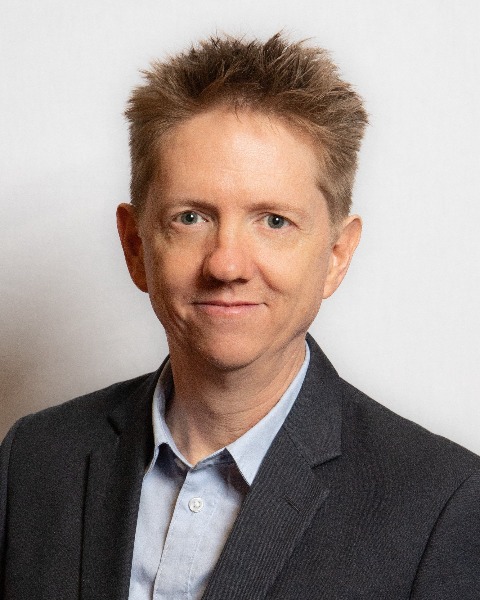ACE 2025
SUST
Zero Waste and Circular Economy: Plans, Programs, Metrics, Economics, Innovation, and Climatic Benefits
Creating a Circular Economy for Lithium-Ion Batteries - From Waste to Raw Materials
Thursday, June 12, 2025
2:00pm – 2:20pm ET
Location: 302C

Jon W. Greene, P.E.
Senior Project Manager
Civil & Environmental Consultants, Inc., TX- KH
Kevin Hobbie
Green Li-ion
Author(s)
Co-Author(s)
Abstract Description: The United States currently exports waste battery materials to Asia or converts the waste material to the sulphates of Nickel, Cobalt and Manganese which are also shipped to Asia, where it is turned into pCAM and then exported back to the United States. This costly and inefficient process is logistically complex and exposes the material to potential tariffs and geopolitical risks. There is a growing movement to onshore the production of pCAM to the United States and increase domestic battery recycling capabilities. With the rise in EV manufacturing and the battery belt growing, both the public and private sectors should actively invest in a domestic, circular supply chain for batteries with recycling integrated into the entire process to come out ahead of the rest of the world.
In response to the Inflation Reduction Act, the U.S. has seen unpresented investment into the Lithium Ion battery recycling industry to recover critical materials such as Lithium, Cobalt and other metals. Currently the output from recycling of Li-ion batteries is shipped to Asia for conversion to precursor cathode active material (pCAM). To understand how countries like the U.S. can secure greater control over these critical minerals, one needs to understand the role pCAM plays in the battery manufacturing process. Creating pCAM from recycled battery material is the key to sustainable battery recycling, rejuvenation, and advancing onshoring for a circular battery economy.
This presentation will introduce the audience to and discuss GreenLi-ion’s battery recycling process, located in Atoka, Oklahoma as well as discuss the environmental permitting hurdles encountered.
In response to the Inflation Reduction Act, the U.S. has seen unpresented investment into the Lithium Ion battery recycling industry to recover critical materials such as Lithium, Cobalt and other metals. Currently the output from recycling of Li-ion batteries is shipped to Asia for conversion to precursor cathode active material (pCAM). To understand how countries like the U.S. can secure greater control over these critical minerals, one needs to understand the role pCAM plays in the battery manufacturing process. Creating pCAM from recycled battery material is the key to sustainable battery recycling, rejuvenation, and advancing onshoring for a circular battery economy.
This presentation will introduce the audience to and discuss GreenLi-ion’s battery recycling process, located in Atoka, Oklahoma as well as discuss the environmental permitting hurdles encountered.

